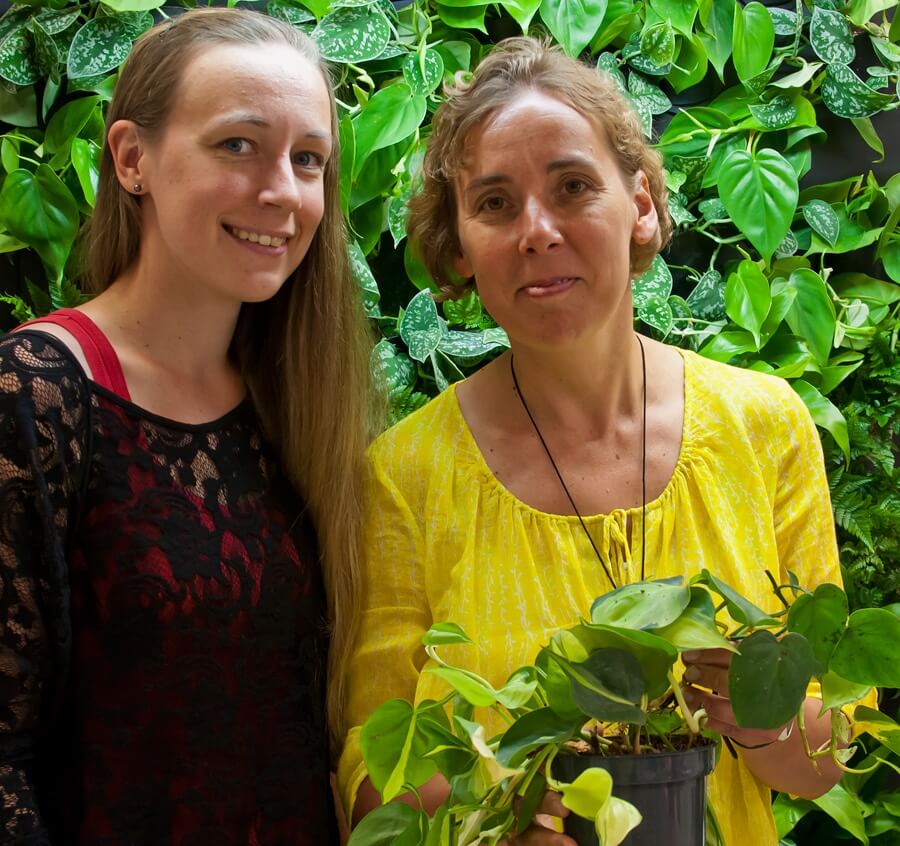Editorial Posted by Naava on August 27, 2014
In Cooperation with Microbes 4/4: Food, Clean water, and Buildings from Microbes
Humankind has for thousands of years known how to use microbes.
The first uses, making wine and cheese, were already discovered long before the Common Era. Throughout the centuries we have gathered more knowledge and learned how to use them in many, incredible ways.
In cooperation with microbes:
1/4: Microbes are a prerequisite for life
2/4: Microbes keep us healthy
3/4: Let’s get exposed!
“Microbes have more positive than negative effects. They are our wonderful companions”
For the last part of our blog series we interviewed Marja Tiirola, professor of Environmental Microbiology at the University of Jyväskylä. According to Marja Tiirola, we can make use of the microbes in numerous ways: “First to my mind comes food production, environmental technology, probiotics, energy productions, bio plastic, methane production, but there are many more of these.”
 Microbes are the special expertise of researcher Jatta Saarenheimo and professor Marja Tiirola.
Microbes are the special expertise of researcher Jatta Saarenheimo and professor Marja Tiirola.Moldy cheese and yeast bread
Food processing is the use of microbes we have known the longest. The picture of food and microbes together might be of moldy piece of bread or of yogurt gone bad but we would not have these familiar products on our table without microbes.
We are all familiar with yeast and lactic acid bacteria. Yeasts are used to make for example bread, wine and beer. Lactic acid bacteria are needed to produce different kinds of sour milk products such as curdled milk, yogurt and cheese. Lactic acid bacteria are also used for making cheese for their flavouring substances.
Mold is not only a sign of rotten food. Some cheeses are made with mold and it also forms the velvety top of curdled milk. Mold is also needed in making products such as soy sauce.
The picture of food and microbes together might be of moldy piece of bread or of yogurt gone bad but we would not have these familiar products on our table without microbes.
Microbes are also put to good use at the first step of food production, farming. Farms have started to improve storage of fodder more and more with lactic acid bacteria instead of AIV liquid.
“Lactic acid bacteria is used because it doesn’t rust the equipment. Besides the cows prefer to eat this kind of fodders”, Tiirola explains. On the other hand she is a bit skeptic about the chance since storing the fodder with lactic acid bacteria does not always work perfectly.
Microbes clean, build, and produce energy
One of the most significant ways to use microbes is cleaning the environment. Sewage treatment is a widely used method of using microbes. Cleaning lake water is also one of the subjects of research at the University of Jyväskylä at the moment. With certain microbes nitrogen can be me removed from water much more cheaply than by using machines.
Researchers are constantly developing new ways to harness the potential of microbes.
Also the ground and soil have been purified for a long time with plants and associated microbes. On the other hand, impoverished soil can benefit from the root microbes of certain plants. The root nodules of certain plants fix nitrogen from the atmosphere and release it to the soil. When the soil is fertilized, there is less need for nitrogen fertilizers from factories.
Energy production is one of the areas that benefit from microbes. With them we can produce, amongst others, methane, hydrogen, and ethanol. Researchers are constantly developing new ways to harness the potential of microbes to produce energy as efficiently as possible.
The astonishing ability to fix and regenerate of microbes will be used more in the future for the good of the environment and humankind. There are already applications where bacteria fixes asphalt , fungi is used to produce packaging and building materials, and microbes can extract desired minerals from ores.
Microbes have nearly endless possibilities
Medicine has for long used microbes for various functions and methods, and it is constantly developing more of them. Answers to questions that medicine has been unable solve before can be found from the world of microbes.
Microbe treatment can help to cure, among other things, dangerous cases of diarrhea. Faeces from a healthy individual are transplanted to a sick person. Thanks to the method the person can feel better within hours. These fecal transplants are one of the treatments that have become more common lately also in Finland.
According to the newest research intestinal microbes are essential for our health. This knowledge is used to develop new applications to improve our health. In the future microbes can be used, for example, to help with weight management and allergies.
"Microbes have more positive than negative effects. They are our wonderful companions.”
Tiirola estimates the potential of microbes to be nearly endless. “We find constantly new features from different microbes. I would evaluate that we can take advantage of microbes in nearly every field.”
Environmental microbiology professor Marja Tiirola advises us to forget the thought that microbes are only dangerous pathogens. “Microbes have more positive than negative effects. They are our wonderful companions.”
More information:
Tekniikka & talous: Pelastus Suomen kuoppaisille teille? – Bakteerit korjaavat veden murtaman asfaltin (in Finnish)
Daily Mail: Could mushrooms save the WORLD? 'Fungal technology' could provide better drugs, building materials and even fuel
Wikipedia: Biomining

